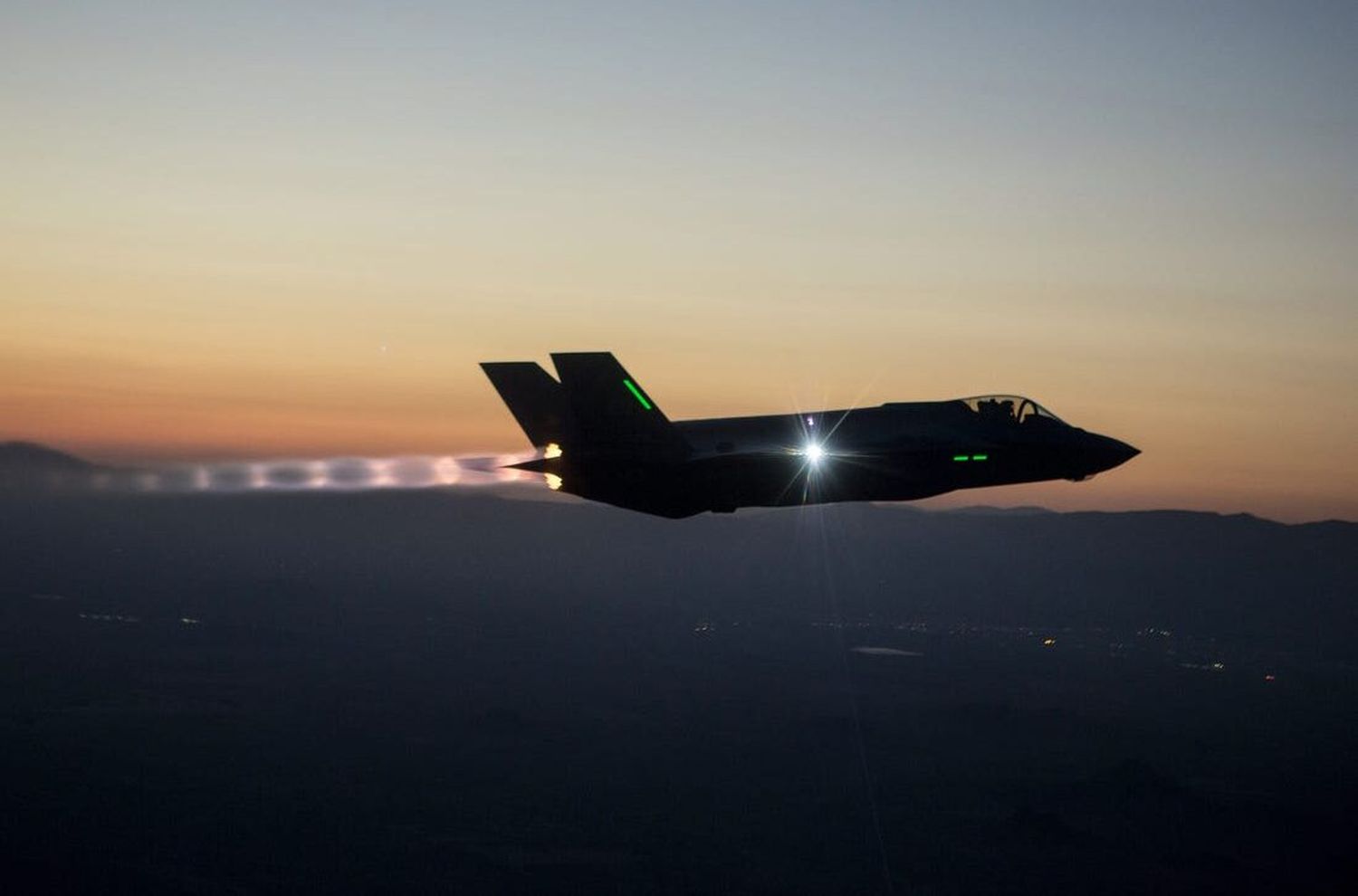F-35 re-engining could be too expensive for the USAF
Raytheon (owner of Pratt & Whitney) CEO Greg Hayes gave a press conference in which he discussed the possibilities and difficulties of replacing the F-35 ‘s P&W F135 engine with the new powertrains under development.
During Raytheon Technologies’ Q3 2021 earnings conference call, the company’s CEO answered questions from specialists and investors on the progress and prospects of the future replacement of the F135 engines with the future next-generation engines developed under the Adaptive Engine Transition Program.
AETP (Adaptive Engine Transition Program)
The Adaptive Engine Transition Program, launched in 2016, seeks to develop a new engine for next-generation fighter aircraft that improves performance in power output, cooling and reduces fuel consumption.
Another key aspect, is that it seeks to develop an engine that is optimized for various aspects/flight envelopes, rather than focusing on just one. Instead of having an engine designed solely for high speed (like most current fighter engines) or high fuel efficiency (like commercial engines), these new engines would be designed to perform very well in both conditions.
This engine is intended to offer improved fuel efficiency, cooling and thrust, using a third air stream. Pratt & Whitney (prototype called XA101) and General Electric (with its XA100 prototype) were awarded a $1 billion Pentagon development contract to build their technology demonstrators.
Once this new technology has matured, these engines should equip future U.S. sixth-generation fighters, as well as being offered as a re-engining option for future upgrades or new-build blocks of the F-35.
The problems of the F135
The alternative for the replacement of the P&W F135 in the Lightning II arose because of the company’s problems in meeting production quotas and slow logistics. According to USAF publications, of 272 F-35A Lightning IIs (as of July 2021) they have in service, 15% (41 units) were grounded due to delays in the delivery of replacement engines.

In addition, it was reported that less than 4% of the F135 engines were delivered on schedule. The F-35 Joint Program Office added that engine maintenance costs are high.
Finally, it is projected that the engine for the future F-35 Block 4 will require modifications to provide more power and greater thermal management capability than the current F135s.
Greg Hayes anticipates difficulties for F-35 re-engining
In response to questions about the future engine, the result of the AETP program, Hayes reported that the Pratt & Whitney prototype has already undergone several rounds of ground testing, and air testing is expected to begin early next year.
As an extremely optimistic date, Greg Hayes thinks the F-35s could be getting the new engine from 2027-2028. But he points out that there is a bigger problem.
The new AETP engines don’t fit the embarked versions of the F-35 (the B and C), only the Air Force’s A version, so the other branches of the military would have no interest in co-funding the re-engining project, making the whole program more expensive.
The other problem Hayes points out about the adaptive engine is that it is a new technology, unlike the F135, which has millions of flight hours logged. And the risk grows as the F-35 is a single-engine fighter.
As a solution, Raytheon’s CEO will propose to the Pentagon his offer of upgraded F135 engines. He thinks P&W can upgrade the current F135s to provide more cooling and more thrust, at a significantly lower cost/risk than a completely new engine.
New or upgraded? Or both?
On the one hand, there are the current problems of the F135 and of the increased thrust and cooling needs for the Block 4 F-35s, which would come with various improvements in terms of maintenance, software and hardware upgrades, communications, electronic warfare, new weapons integration, etc. All of this will demand more engine power and increased thermal management capability.
On the other hand, the fact that future adaptive technology engines were not designed with the F-35 in mind, so they do not fit into the naval B and C versions. Thus, re-engining with the sixth-generation engines would only be an option for the Lightning II Model A.
International partners and foreign customers of the F-35, for reasons of economy of scale, will obviously follow the U.S. lead on this dilemma.
The engines developed by General Electric and Pratt & Whitney under the AETP program (at least one of the two competing models) are destined to become a reality, as they will power the future 6th generation fighters of the U.S. Air Force and Navy, so they will be an available option for the F-35A. But in that case the USAF will have to pay for the retrofit development cost on it´s on. Would it be worth the outlay?
The other, more «economical» option would be the one proposed by Greg Hayes for a modernization of the current F135s to meet the requirements of the future Block 4 and beyond. This path would have to have the support of the U.S. Navy and Marine Corps, which would otherwise run out of options for their future F-35Cs and Bs fleets.






Comentarios
Para comentar, debés estar registrado
Por favor, iniciá sesión